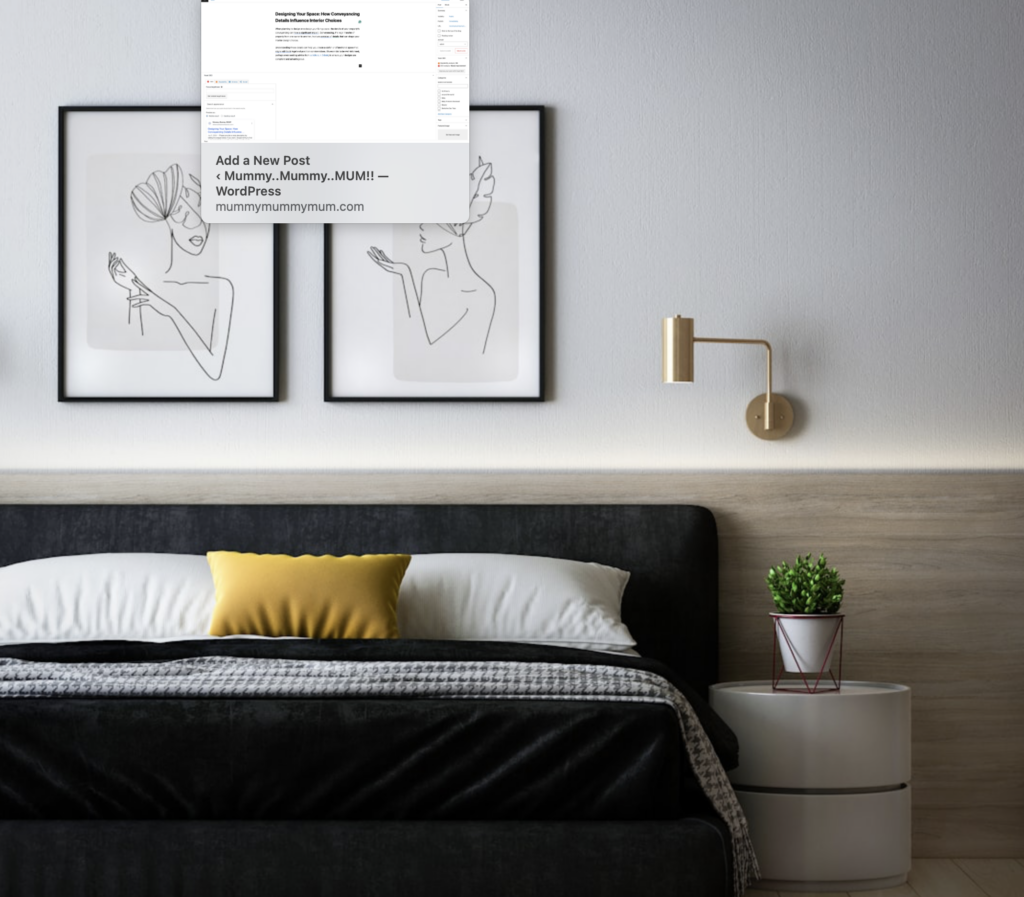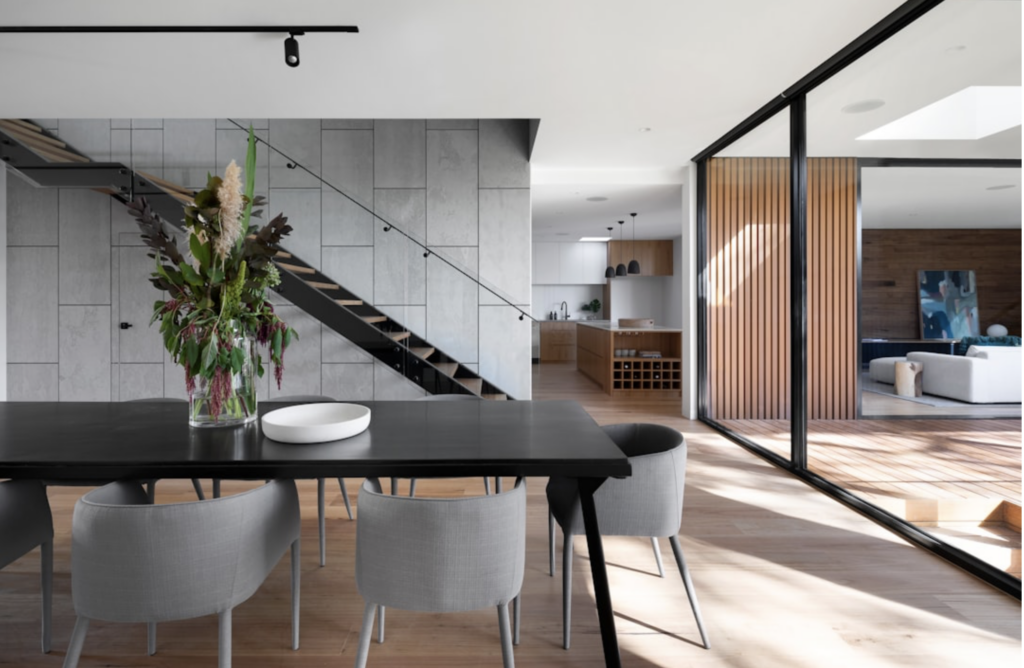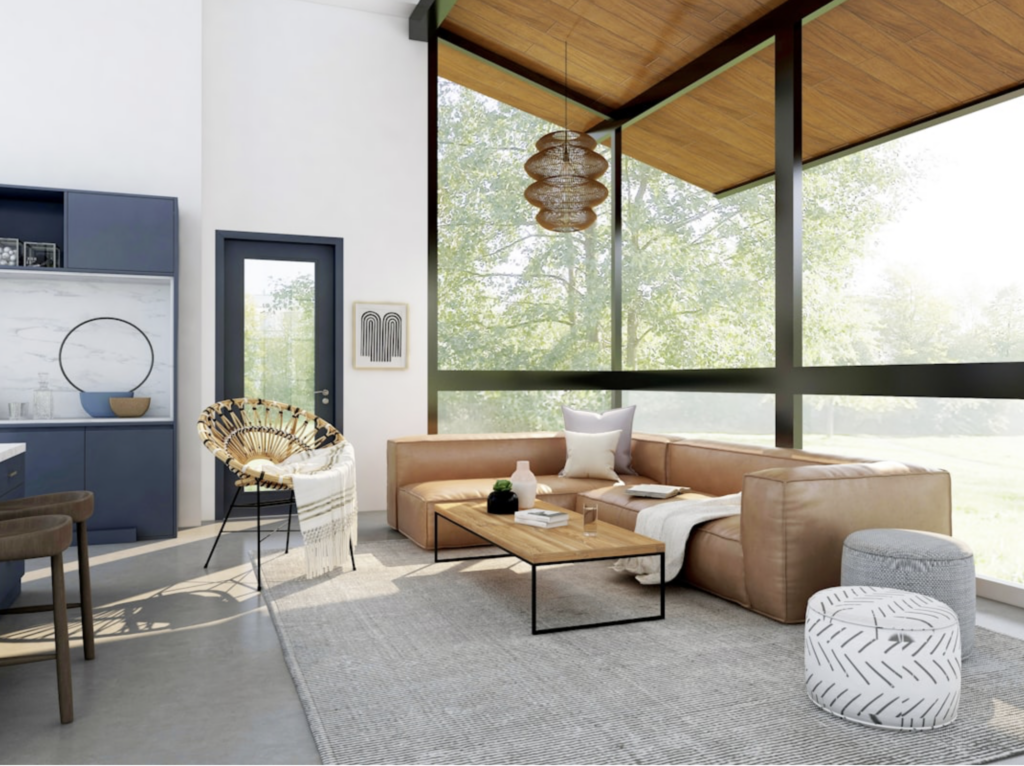When planning to design or redesign your living space, the details of your property’s conveyancing can have a significant impact. Conveyancing, the legal transfer of property from one owner to another, involves a myriad of details that can shape your interior design choices.
Understanding these details can help you create a stylish and functional space that aligns with both legal and practical considerations. It’s essential to be well-informed, perhaps even seeking advice from solicitors in Bristol, to ensure your designs are compliant and advantageous.

Understanding Conveyancing Documents
Title Deeds and Boundaries
Title deeds are fundamental documents in conveyancing, outlining the ownership and boundaries of the property. These details can influence your interior design in several ways:
- Room Sizes: The boundary lines and dimensions specified in the title deeds will affect the layout and size of rooms within the property.
- Extensions and Renovations: Any planned extensions or renovations must comply with the boundaries and ownership terms detailed in the title deeds.
Environmental Considerations
Environmental factors highlighted during conveyancing can also affect your interior design plans. For instance, properties in areas prone to flooding may necessitate specific design choices to mitigate potential damage.

Legal Restrictions and Interior Design
Listed Buildings and Conservation Areas
If your property is a listed building or located in a conservation area, there will be legal restrictions that can significantly influence your interior design choices. Listed buildings are protected due to their historical or architectural significance, meaning any alterations, including interior changes, must be approved by the relevant authorities.
In conservation areas, any modifications should preserve or enhance the character of the neighbourhood. These restrictions can limit the scope of your design but also encourage creative solutions that respect the property’s heritage.
Building Regulations
Building regulations ensure that any construction or renovation work meets safety and energy efficiency standards. These regulations will dictate aspects such as:
- Structural Safety: Ensuring that any structural changes do not compromise the integrity of the building.
- Fire Safety: Incorporating necessary fire alarms, exits, and resistant materials.
- Energy Efficiency: Implementing insulation, efficient heating, and sustainable materials.
Adhering to these regulations will not only keep you compliant but also enhance the overall quality and sustainability of your interior design.
Practical Considerations in Interior Design
Space Utilisation
Effective space utilisation is crucial in interior design, particularly in properties where space may be limited. The specifics of your property’s conveyancing documents, including the layout and square footage, will guide you in making the most efficient use of your available space. Custom-built cabinetry, multi-functional furniture, and strategic storage solutions are excellent ways to maximise space without compromising on style.
Natural Light and Ventilation
Your property’s orientation and window placements, as specified in the conveyancing documents, will affect the availability of natural light and ventilation. Rooms with ample natural light can appear more spacious and inviting, reducing the need for artificial lighting during the day. On the other hand, properties with limited natural light might benefit from light-coloured walls, mirrors, and strategic lighting to enhance brightness.

Utilities and Infrastructure
The conveyancing process will often include a survey of the property’s utilities and infrastructure. Knowledge of the location of electrical wiring, plumbing, and gas lines is essential for planning significant interior design changes. For example, relocating a kitchen or bathroom requires a thorough understanding of the existing plumbing infrastructure to avoid costly modifications.
Incorporating Environmental Impact and Sustainability
Sustainable Design Choices
With growing awareness of environmental impact, sustainable design choices are becoming increasingly popular. During the conveyancing process, environmental surveys may highlight areas where sustainable improvements can be made.
For example, upgrading insulation or installing energy-efficient windows can reduce energy consumption and enhance comfort.
Eco-friendly Materials
Choosing eco-friendly materials is another way to align your interior design with sustainability goals. Reclaimed wood, bamboo, and recycled metal are excellent options for durable and aesthetically pleasing finishes. These materials not only reduce environmental impact but also add unique character to your interiors.
How conveyancing details influence interior choices…
In conclusion, understanding the details of your property’s conveyancing is essential for making informed and compliant interior design choices. From title deeds and boundaries to environmental considerations and legal restrictions, these factors play a critical role in shaping your space. By paying attention to these details and incorporating sustainable design practices, you can create a stylish, functional, and environmentally friendly home.
Incorporating conveyancing details into your interior design plans may seem daunting, but with careful planning and the right professional advice, you can achieve a harmonious and legally compliant home that meets your needs and reflects your personal style.







Leave a Reply